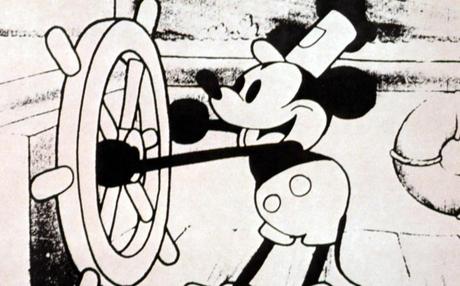
It has been suggested that Mickey Mouse, along with the Coca-Cola label and the swastika, was once the most recognizable symbol in the world. The tireless rodent first appeared on screen in the 1928 animated short Steamboat Willie, which, thanks to a quirk of copyright law, will enter the public domain on January 1, 2024. Still, good luck to those who now believe they will be able to benefit from the Mickey character.
Walt Disney, whose company owns (and even operates) the mouse, long ago trademarked it and secured its copyright. So while the original, black-and-white Mickey Mouse may now appear in various forms, the best-known version of him will, in the words of a no doubt testy Disney spokesperson, "continue to play a leading role as a global ambassador for the Walt Disney Company ."
Those of us who rejoice that a billion-dollar company can continue to make money hand over fist thanks to its most popular character will no doubt breathe a sigh of relief at this news. Still, Steamboat Willie's appearance in the public domain should draw attention to one of the great unsung figures of the twentieth century. e century animation. Ubbe 'Ub' Iwerks not only worked with Disney in the early days of his empire, but was also responsible for designing the character Mickey Mouse.
While not exactly wiped from history, Iwerks' much lower profile compared to his colleague and employer shows just how brutally skilled a mythmaker Disney really was. The story we are left with is a sanitized - Disneyesque, even - version of what really happened.
Iwerks, the son of an itinerant Dutch hairdresser whom he hated - when he heard of his father's death he sneered, "Throw him in a ditch" - first met Disney when the two men were teenagers, and worked at the Kansas City company the Pesmen. Rubin Art Studio. The central differences in their personalities could already be distinguished. Iwerks was an immensely talented workaholic who could, if necessary, do two months' work in two weeks, hand-illustrating hundreds of animation cells per night. Disney, while an accomplished animator himself, excelled at the business side of the business.
The story continues
The two worked together throughout the 1920s, with Disney very much the senior partner. But by the time they moved to Los Angeles in 1923, their careers hit a snag when the first comic book character they created together, Oswald the Lucky Rabbit, was snatched from them by Universal Studios, the production company that owned the rights to him. An incensed Disney vowed not only to retain all rights to the characters he was responsible for, but also to come up with a figure that would be significantly more successful - and iconic - than Oswald ever was.
The story of how Mickey Mouse came to be was one that Disney often liked to tell later in life, in folksy, exaggerated detail. Either he claimed that the idea of an anthropomorphic mouse came to him during a long train ride from New York to California, or that he was inspired by a pet he kept during his days in Kansas City. Both, or neither, may be true.
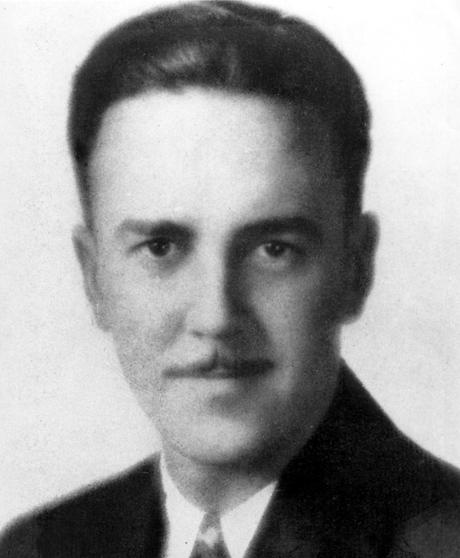
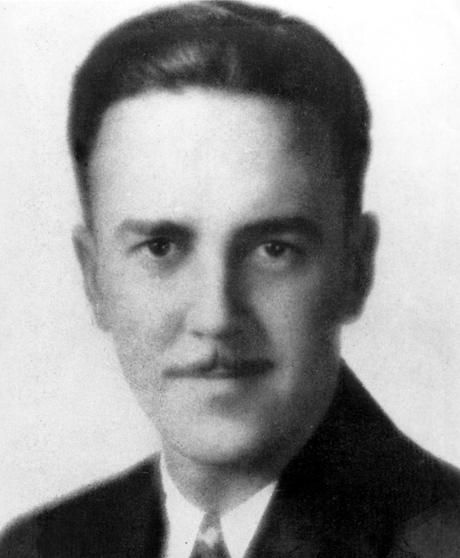
But what is undeniably the case is that Iwerks came to Disney's rescue when he no longer had a character to make money with, and together they came up with a character originally called Mortimer Mouse. Until Disney's wife Lillian, who hated what she saw as an overly pompous name, suggested turning Mortimer into Mickey.
There's no doubt that Disney invested heavily in the character, not least because he voiced him for years, and was responsible for creating Mickey's quirks that largely led to him becoming the beloved character he still is. always is. . Still, the rush to take credit caused Disney, either unintentionally or intentionally, to sideline Iwerks' work when coming up with the iconic design for Mickey Mouse.
For a long time, Disney took ownership of the character, and today the accepted party line is that, in the words of one Disney employee, "Ub designed Mickey's physical appearance, but Walt gave him his soul." Yet this is an inaccuracy. As Iwerks' biographer Jeff Ryan has noted: "[Iwerks] was the person who did most of the work behind the scenes. And when Walt took the credit, Ub was the one who was denied the credit. Unsatisfied with anything, Walt continued to come up with bigger and bigger wonders to expand Mickey Mouse's creation story. And the biggest whopper initially was that Walt was the one who did it. He didn't do it."
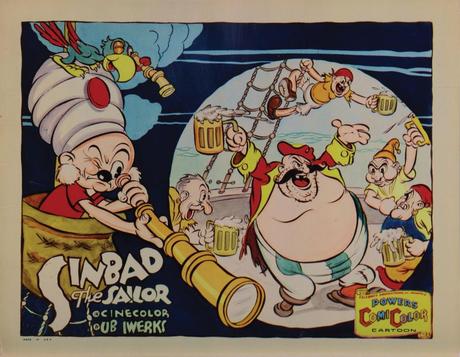
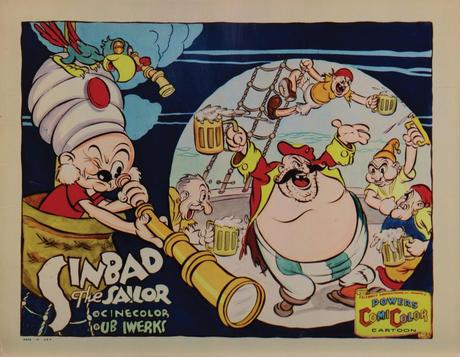
The reasons for this are more complex than they seem, and as Ryan has suggested, "When you put Walt and Ub together, they could do pretty much anything." Still, Iwerks quickly tired of Disney's showmanship and being treated as a junior partner. Their working relationship came to an end in 1930, when - apocryphally - Disney, when asked by a young admirer at a party to draw him a sketch of Micky Mouse, simply handed paper and pen to Iwerks and said : 'Draw it'. Cue a furious Iwerks leaving the party and starting his own animation studio, Iwerks Studio. (He was paid less than $3,000 for his 20 percent stake in the company, a share that would be worth billions today.)
In an ideal world, this would have become a rival to Disney, and perhaps even replaced it. But Disney knew the importance of hiring talent and therefore surrounded itself with capable young animators. (Although Iwerks was responsible for the discovery of Chuck Jones, the man who would later create the Looney Tunes cartoons.) Iwerks struggled to break through on his own terms throughout the 1930s and returned to Disney in 1940. Only this time he wasn't an animator, but a visual effects supervisor: a recognition that the only way the two men's working relationship could resume would be if Iwerks did something new that stood out from his previous efforts.
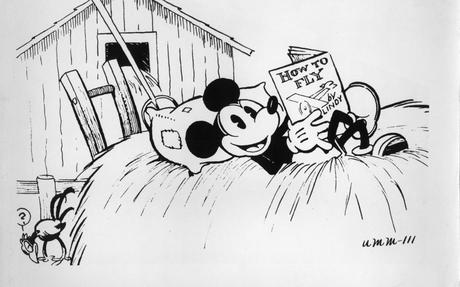
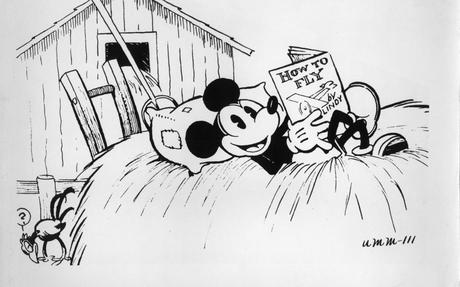
Over the next 25 years, Iwerks worked tirelessly and fruitfully at many Disney ventures. He was responsible for pioneering the integration of live action and animation on screen, which he first attempted in the much-maligned 1946 musical drama Song of the South and then, much more strikingly and successfully, perfected in Disney's groundbreaking success, Mary Poppins.
He also worked on Disney theme park attractions, designing shows such as The Hall of Presidents and the It's A Small World attraction. As a testament to his virtuosity, he left Disney to design the terrifying-looking special effects for Hitchcock's The Birds, for which he was nominated for an Oscar - having already received a special Academy Award in 1960 for "the design of an improved optical printer for special effects and matte shots".
Animation genius, special effects pioneer, theme park visionary: Ub Iwerks should be remembered as much as Disney, Jones or any of the other leading figures in 20th century entertainment. That he isn't may have to do with Disney's desire to exclude him from credit for his achievements - although he was declared a Disney Legend in 1989 after his death in 1971 - but also due to his restlessness.
He loved to take a car apart and put it back together in a weekend, and was known to build cameras from parts he found lying around his garage. He took up archery but gave up after getting bored of hitting the bullseye over and over again. And as Ryan said of Iwerks: "There is a famous story in animation circles about Ub Iwerks' brief love for bowling. He kept getting better and better until one day he threw thirteen strikes in a row. And as soon as he did that, he said, okay, I've solved the bowling. And he never bowled again." (Much the same could be said of his first career at Disney, in which he excelled in both innovation and trend-setting animation before abandoning his unbroken record and never returning.
Iwerks' treatment may be an almost forgotten incident in the House of Mouse, but it remains widely known in popular culture circles. The 1996 Simpsons episode The Day The Violence Died centers on a homeless man, Chester J Lampwick - voiced by none other than Kirk Douglas - who tells Bart that he is responsible for the creation of the Itchy character Itchy the mouse and Scratchy Show. He's forced out and denied his royalties by Roger Meyers Sr, a none-too-subtle swipe at Disney, even down to a joke about him being cryogenically frozen. Lampwick ultimately prevails and is awarded an $800 billion settlement that bankrupts Meyers' son and results in the shutdown of Itchy and Scratchy.
But the most telling moment in the episode comes when Meyers declares in court that "Animation is built on plagiarism! Without someone plagiarizing The Romantic people, we wouldn't have The Flintstones. If someone hadn't ripped off Sergeant Bilko, there would be no Top Cat. And, the episode would have added, if there had been no Ub Iwerks, there would have been no Mickey Mouse, and probably no Disney empire as we know it today. So if Steamboat Willie's entry into the public domain leads to Iwerks' name being more remembered, this can only be a good thing.
